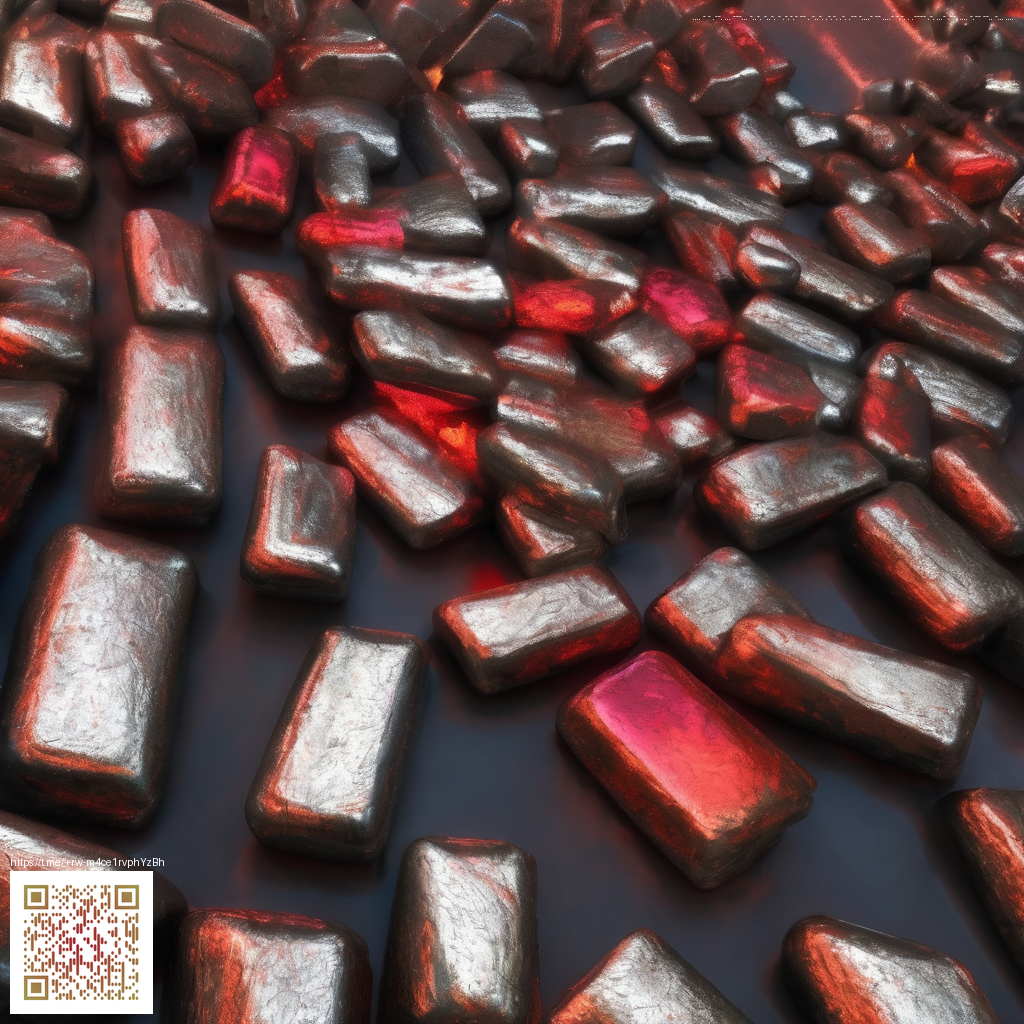
A Fast Guide to Earning Lei in Resident Evil Village
Lei is the lifeblood for upgrading weapons, buying rare treasures from the Duke, and keeping your run through the village feeling smooth rather than chaotic. If you want to push your speedrun or simply bank a steady stream of currency for late game upgrades, knowing the most reliable loops and lucrative drops matters more than luck. The community has tested routes, weighed drop values, and combined dead simple farming with bite sized exploration that fits any playstyle 🎮.
Core money making moves you can trust
First and foremost, selling treasures to the Duke is where most players see the big numbers. Much of the late game economy rests on locating valuable chests, maps, and quest rewards, then exchanging those items for lei. Think of the Duke as the market, with treasures acting as your stock options. The trick is to identify high value drops you can reliably obtain and convert them efficiently.
One standout early money play comes from a key environmental interaction tied to Beneviento. When a mausoleum opens up in the sequence, the Broken Slab becomes accessible. If you carry that slab back toward the Beneviento grave area, you’ll encounter an ogre like boss. Defeating that encounter can yield a treasure drop worth around 15 000 Lei, a sizable payday that can turbocharge your early mid game funds. The slab also has a side effect of opening Claudia Beneviento’s grave, which gives you another treasure item to sell to the Duke. This single interaction embodies the idea that exploration and story moments can translate directly into cold hard currency 🧭💰.
Beyond the Beneviento interaction, the Duke’s Emporium is a treasure map to profits. Items found across the village and its outposts can be evaluated, priced, and then sold for a clean profit. A second, often overlooked path is to invest in treasure maps when you can afford them. Each map reveals chest locations that yield valuable rewards. When you pair these reveals with a methodical sweep of the area, you unlock a rhythm of low effort, high return looting that stacks up fast. It is not just about rare drops, but about efficient routing and minimizing backtracking during a run.
Playstyle notes and practical loops
For players who prefer a methodical, shop and sell loop over all out aggressive farming, a simple rhythm works well. Progress the story to unlock more expansive maps and chests, then perform targeted sweeps in the main hubs and side areas after major encounters. Each sweep should yield one or two valuable finds you can immediately exchange. The goal is to create a sustainable cycle rather than a one off windfall. When you see a chest that looks promising, immediately check if its contents are valuable to the Duke and plan your route accordingly. The community has repeatedly shown that consistency beats sporadic big drops in terms of overall lei gains.
From a gameplay analysis standpoint, this farming approach keeps risk low. You’re not chasing high danger, high reward moments every run; you’re building a dependable pipeline. It makes late game upgrades feel within reach sooner, and it also invites a more relaxed, enjoyably cinematic playthrough. If you enjoy speed running, you can couple the reliable loop with a quick, surgical Beneviento detour, then resume the currency grind with renewed momentum. The balance between exploration and economy is the sweet spot that many players lean into for long sessions 🚶♂️💎.
Updates and community insights
Community discussions around Lei farming trend toward a few constants: the Broken Slab path remains a notable guarantee for a hefty payout, the Duke's pricing for treasures rewards careful curation over random loot, and maps remain a popular way to reveal lucrative chest locations. Even as patches and balance tweaks roll out, the core economy of currency in Resident Evil Village remains anchored to treasure collection and efficient sales. Content creators frequently share streamlined routes, pointing newer players to repeatable sequences that minimize backtracking without sacrificing loot value. The sense of shared discovery keeps farming fresh and approachable for newcomers and veterans alike 🎯.
Modding culture steps in on PC builds to offer quality of life enhancements, cosmetic tweaks, and occasionally experimental tools that adjust item drop visibility or interface elements. While mods are not a substitute for smart farming, they empower players to tailor the experience to their preferred pace and sightlines. The community ethic here is clear, constructive, and welcoming to players who want to experiment while honoring the game’s balance. If you dip a toe into mods, proceed with caution and always back up save data to protect your lei gains and progress.
Developer and creator perspectives
Developer commentary across interviews and post launch notes highlights a consistent design philosophy: reward player curiosity and thoughtful engagement with the world. The economics of the Duke’s Emporium are designed to feel earned rather than handed to the player, nudging you to explore, inspect, and plan. This makes the currency system feel like an extension of the game world rather than a pedometer counting coins. In practice, the best players blend methodical exploration with reactive combat and quick decision making, turning currency farming into an exciting facet of the overall experience 🔄.
Bottom line for anyone chasing Lei: cultivate a dependable routine, leverage the Broken Slab encounter for a hefty early payoff, and keep a close eye on treasure maps and Duke sales. The grain of the farming loop is patience and precision, with the occasional big haul to spike your progress. Whether you are chasing armor upgrades or simply aiming to fund a grand finale loadout, the currency system rewards planning as much as speed.
iPhone 16 Phone Case Slim Lexan Glossy Finish